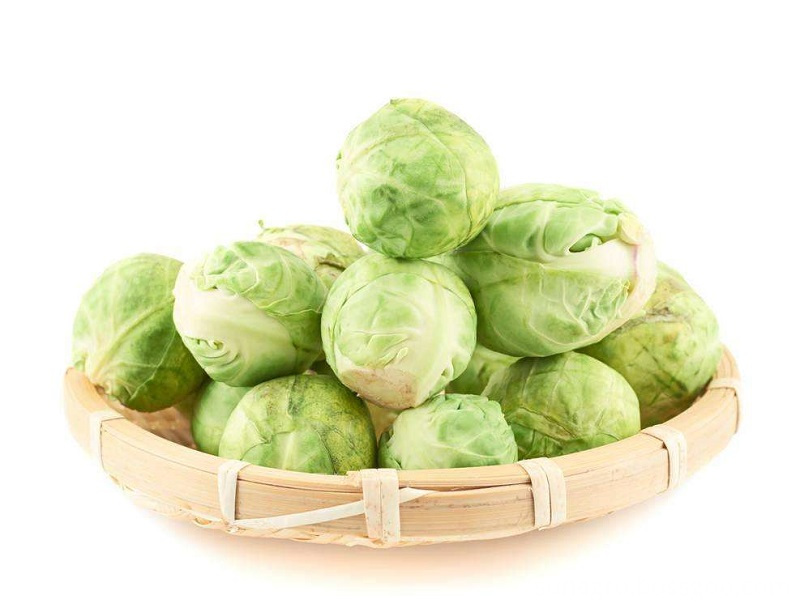Animal cloning technology
1.1 Cloning concept cloning is not a new concept. The word cloning is derived from Greek clonos, which means twig, ie twig. At different levels of biological molecules, cells, and individuals, clones have different meanings. At the molecular level, the process of using molecular biology techniques to use bacteria or viruses to form a group of DNA molecules from a fragment of DNA is called molecular cloning or DNA cloning, and the same molecule is called a clone. In biology, the formal noun for cell cloning technology is cell culture technology. A large number of cells or their metabolites are obtained through cell culture. In nature, it refers to the process of artificial breeding of clones (DNA molecules, microorganisms, plants, animals). Nuclear transplantation refers to the use of microsurgical methods to transfer the nuclei of embryonic or adult cells into human oocytes for enucleation, constructing recombinant embryos, and producing donor and donor cell genotypes by in vitro or in vivo culture and embryo transfer. The technical process of the same offspring is also called animal cloning technology. According to the different sources of nuclear donors, they can be divided into embryonic cell cloned animals and somatic cell cloned animal technologies.
1.2 The main content of cloning research Cloning technology is a complex technology system that is a synthesis of multiple technologies and covers the entire process of life replication. It includes both basic research and many technical operating details. The process of animal cloning is actually the fusion of a donor nucleus and an enucleated egg cell into a new embryo, which is developed under artificial conditions, and then transplanted to the parent animal to obtain a complete animal with the same nuclear donor. Individual process. The main contents include:
1.2.1 Sources and Characteristics of Nucleuclear Cells
1.2.2 Sources and characteristics of cytoplasmic receptors
1.2.3 Remodeling embryonic nucleoplasm adaptation mechanism
1.2.4 Cloning Technical Support System Study
1.2.5 In Vivo and in Vitro Culture Techniques of Reconstructed Embryos
1.2.6 Practical Research on Cloning Technology
1.3 Transgenic Cloned Animal Techniques Animal cloning technology belongs to the category of vegetative reproduction, enabling genotypic replication and the rapid expansion of a few elite individuals into groups. Transgenic cloning technology is an organic combination of transgenic technology and animal cloning technology, and its research significance and practical value exceeds two technologies. It uses transgenic cells as nuclear donors and adopts somatic cell nuclear transfer technology to produce transgenic cloned animals to achieve germplasm innovation. The advantages of transgenic cloned animal technology are mainly manifested in: First, high production efficiency; Second, the short cycle, low cost; Third, can determine the sex of future generations.
1.2 The main content of cloning research Cloning technology is a complex technology system that is a synthesis of multiple technologies and covers the entire process of life replication. It includes both basic research and many technical operating details. The process of animal cloning is actually the fusion of a donor nucleus and an enucleated egg cell into a new embryo, which is developed under artificial conditions, and then transplanted to the parent animal to obtain a complete animal with the same nuclear donor. Individual process. The main contents include:
1.2.1 Sources and Characteristics of Nucleuclear Cells
1.2.2 Sources and characteristics of cytoplasmic receptors
1.2.3 Remodeling embryonic nucleoplasm adaptation mechanism
1.2.4 Cloning Technical Support System Study
1.2.5 In Vivo and in Vitro Culture Techniques of Reconstructed Embryos
1.2.6 Practical Research on Cloning Technology
1.3 Transgenic Cloned Animal Techniques Animal cloning technology belongs to the category of vegetative reproduction, enabling genotypic replication and the rapid expansion of a few elite individuals into groups. Transgenic cloning technology is an organic combination of transgenic technology and animal cloning technology, and its research significance and practical value exceeds two technologies. It uses transgenic cells as nuclear donors and adopts somatic cell nuclear transfer technology to produce transgenic cloned animals to achieve germplasm innovation. The advantages of transgenic cloned animal technology are mainly manifested in: First, high production efficiency; Second, the short cycle, low cost; Third, can determine the sex of future generations.
Our factory introduction, with a large modern farm base and processing plants.
Our factory has 40 people to control the quality and inspect the goods.
Cabbages are carefully processed and packed to international standards.
A comprehensive and fully transparent system that allows full traceability of all products from factories to cold storage to customer markets.
A quality control team to ensure customers get the best quality of cabbage, we are committed to providing our customers with the best quality products at the most competitive prices.

Fresh Cabbage,Organic Fresh Cabbage,Fresh Green Cabbage,Export Fresh Cabbage
Jining Sunagro Trade Co., Ltd. , https://www.sunagro-food.com